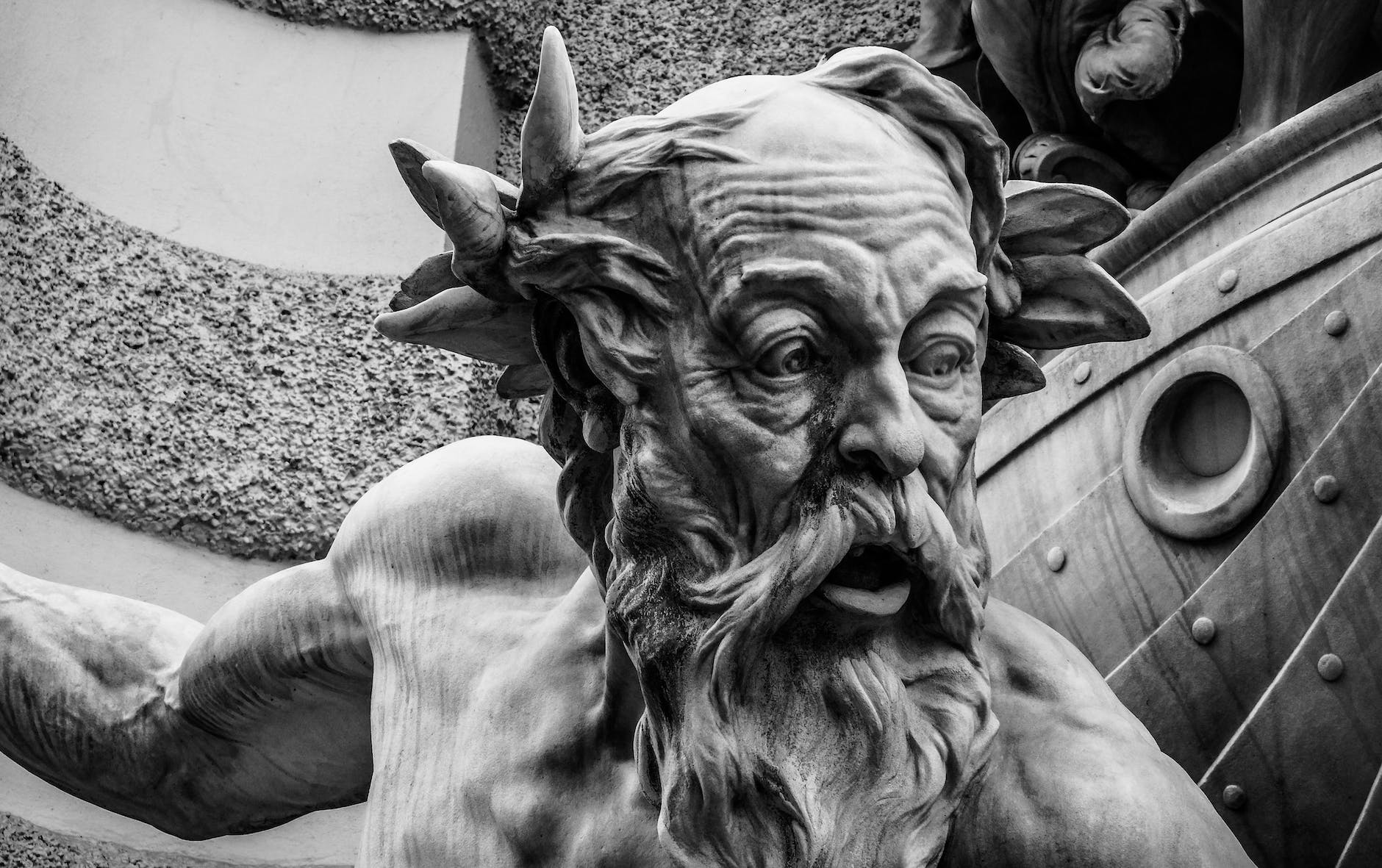The Art of Sculpture Restoration: Preserving Artistic Treasures
Sculpture restoration requires masterful artistry in its own right. Highly skilled specialists devote themselves to resurrecting damaged artworks by stabilizing, repairing and cleaning sculptures to recover their original splendor. Their meticulous work provides a lifeline for preserving cultural heritage for future generations.
Understanding Sculpture Deterioration
To properly restore sculpture, experts must diagnose issues:
Material Fatigue
- Stone etches, wood splits, adhesives fail over decades of stress. Environmental wear.
- Mild cracks signal instability. Restoration prevents further damage.
Structural Damage
- Accidental bumps, improper transport or quakes can fracture sculpture.
- Loose joints separate. Missing supports destabilize pieces.
Surface Buildup
- Environmental grime like soot or pollutants accumulate externally.
- Waxes and old varnishes yellow or opaque, obscuring detail.
Prior Bad Restoration
- Outdated methods and materials can accelerate deterioration.
- Restorers must remediate past mistakes sensitively.
Stabilization Methods
Stopping active deterioration comes first:
Adhesives
- Injecting acrylic resins into fractures stabilizes sculptures. Anchors loose elements.
Support Pins and Braces
- Pins realign separated stone sections. Unobtrusive braces structurally reinforce sculptures.
Proper Display
- Optimizing sculpture weighting, supports and environment controls stress.
- Light levels, pollutants, vibrations monitored.
- Securing to prevent accidents.
Restoration Techniques
Remediating damage requires diverse solutions:
Filling Losses
- Gaps and missing sections filled with plaster or resins tinted to match. Précis fits.
Reattachment
- Steaming loosens adhesives for safe removal. Parts puzzle-pieced and reattached properly.
Recarving/Retouching
- Damaged carved details meticulously recut. Missing paint retouched to original hues.
Cleaning and Polishing
- Gentle cleansing removes built up debris. Polishing renews original luster.
- Lasers can clean encrustation. Micro-abrasion removes stains.
Preventative Conservation
Ongoing care protects investments in art:
- Monitor for new cracking, moisture, infestation.
- Maintain ideal temperature, humidity, lighting levels.
- Ensure earthquake proof displays and anchor points.
- Establish handling policies and condition reporting schedules.
Dedicated restoration experts possess the rare alchemy of preservation science merged with artistry needed to keep wondrous sculptural treasures intact for generations to come. Their painstaking efforts honor art’s irreplaceable contributions to our shared human story.
